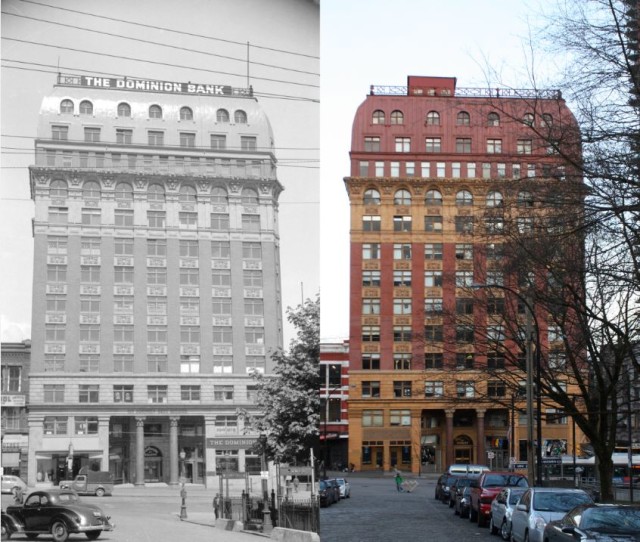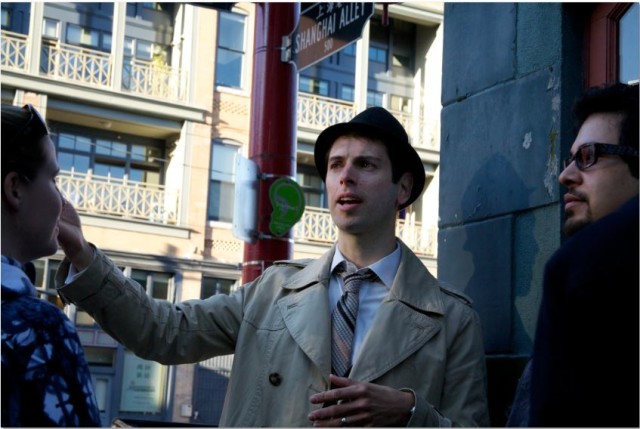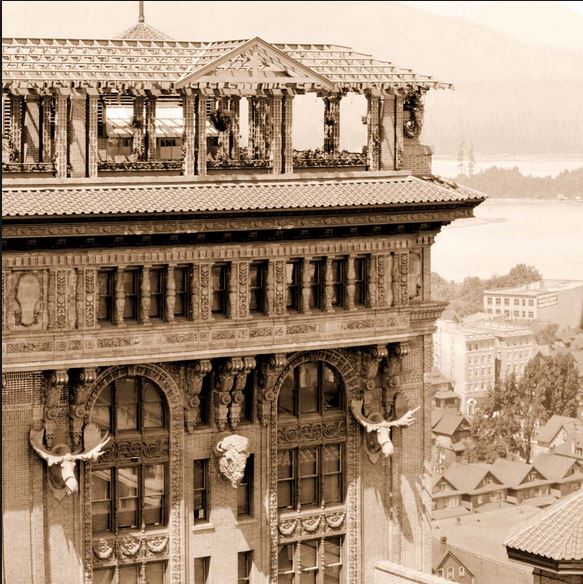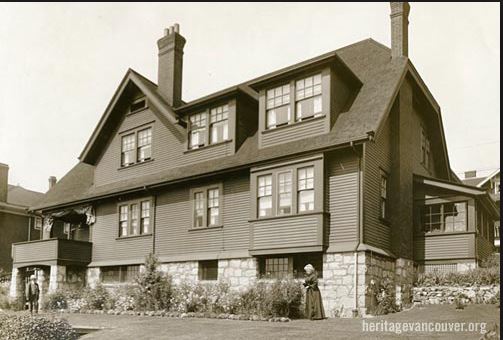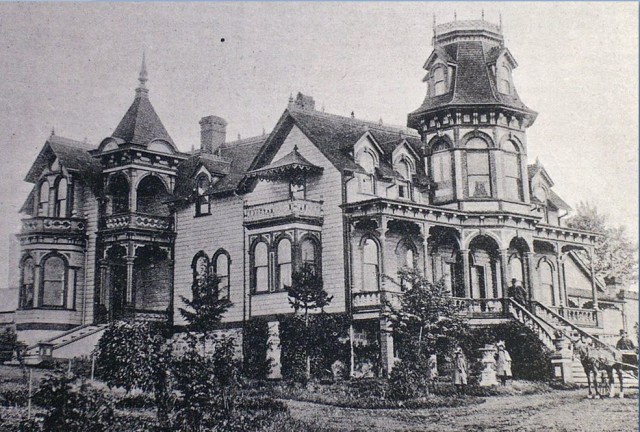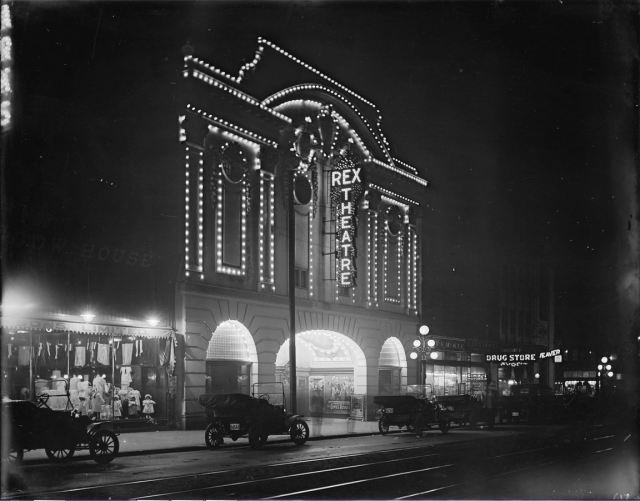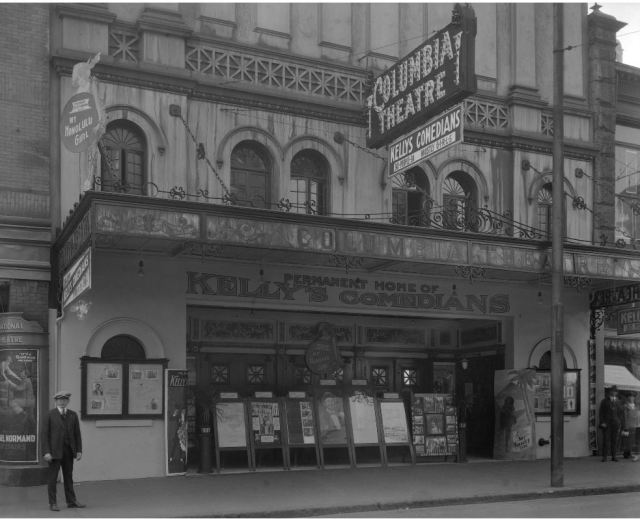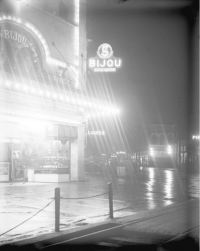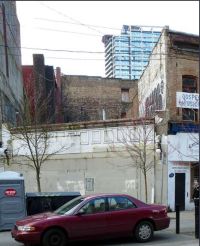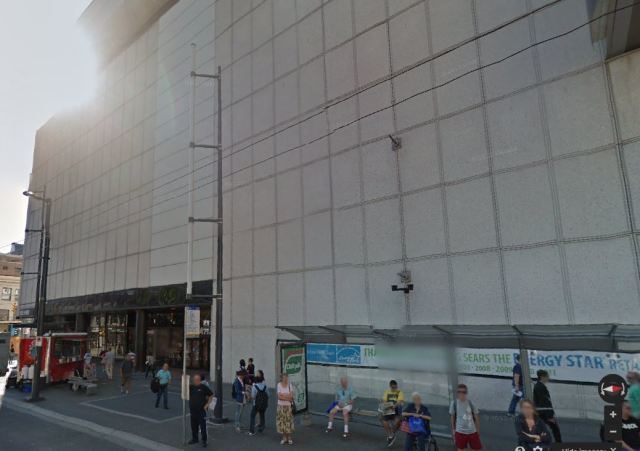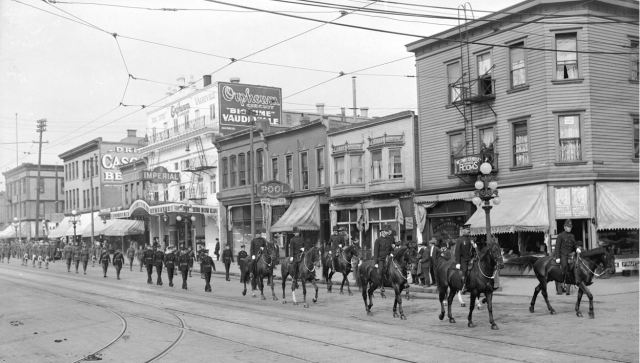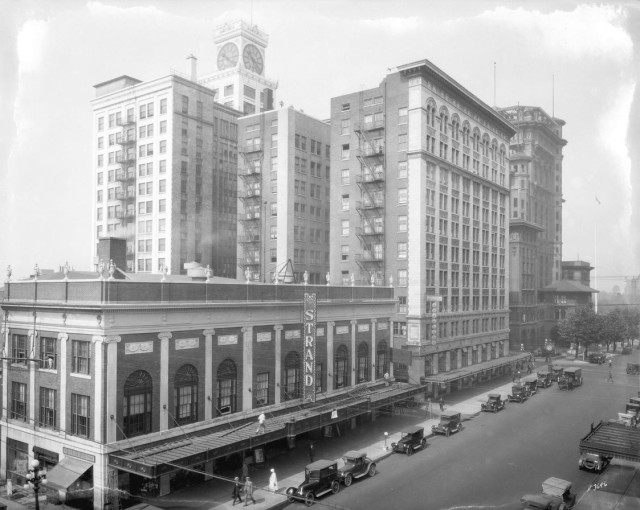In February heritage men told us their favourite building and the one building we should have saved. To keep the world in balance, I’ve asked the same question of women working in and with heritage—our answers may surprise you.
Caroline Adderson is an award-winning Vancouver author and the person behind Vancouver Vanishes.
Favourite Vancouver building?

My current favourite house is 3825 West 39th Avenue, built in 1937 by Jack Wood, who was the builder responsible for all the Dunbar castle houses. The house he built for himself next door and featured in the Vancouver Sun at 3815 West 39th Avenue was demolished in early March with almost no reclamation of materials. In the article John Atkin describes the style of the Dunbar castles as “a variation of the French Normandy style popular after World War I. The turret is the grain silo of the original (French) farm house repurposed to make a grand entrance.”
I’d argue that 3825 West 39th is the prettier of the sisters because of the shingle roof and the Tudor elements. Like the Dorothies, which were saved from demolition last year, this house just lights up the street. It seems to exude stories. But not for long. As I was walking past the house this morning, I met a pair of surveyors who confirmed it’s slated for demolition.
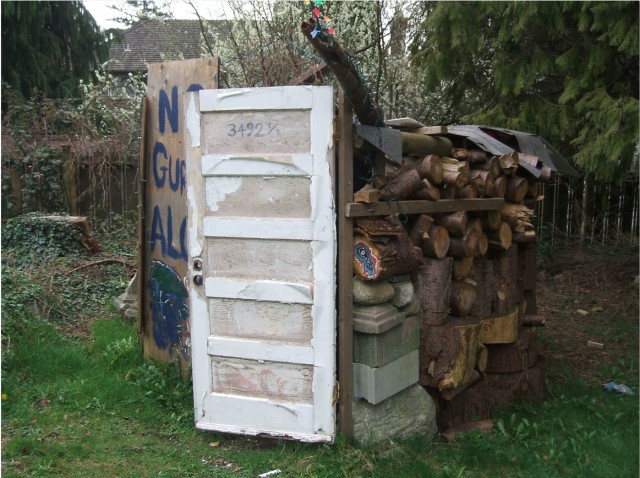
The one building that never should have been destroyed?
Please see my Facebook Page Vancouver Vanishes.
Heather Gordon is the City Archivist for the City of Vancouver Archives.
Favourite Vancouver building?
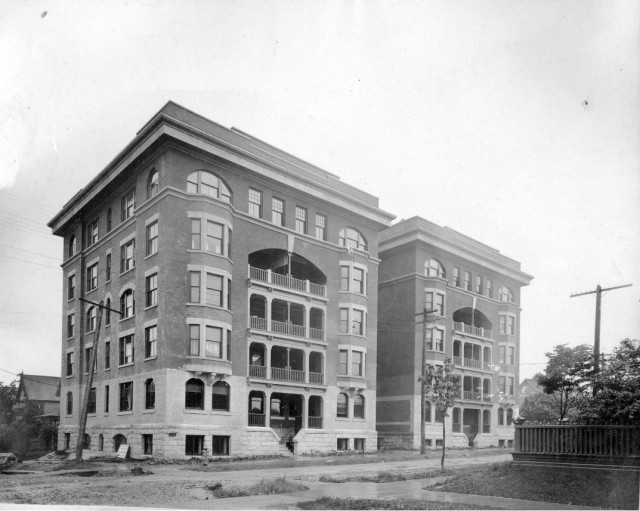
The Beaconsfield at 884 Bute Street is one of a number of West End apartment buildings built in the late 1890s and early 1900s. Every one of these blocks has its own idiosyncrasies and surprises, but I love the Arts and Crafts balconies on the otherwise very-Victorian Beaconsfield, and the way the building integrates with the park-like traffic-calmed block of Bute outside its entrance.
The one building that never should have been destroyed?”
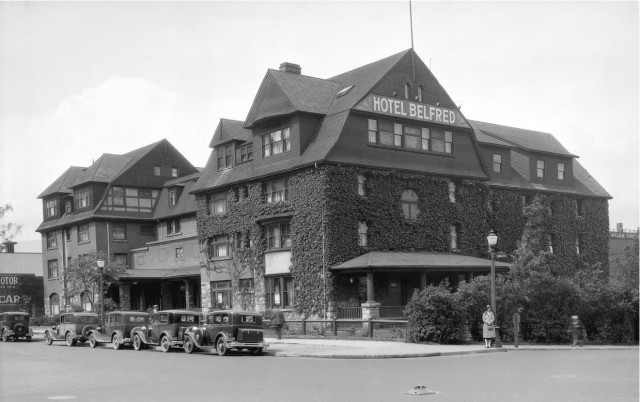
The Glencoe Lodge at Georgia and Burrard was a residential hotel built by B.T. Rogers in 1906 and managed by Jean Mollison, who was known a the “grand Chatelaine,” because according to a 1951 newspaper article, she had previously managed the Chateau Lake Louise. Under her guidance, Glencoe Lodge attracted a highly exclusive clientele, even more so than the C.P.R.’s Hotel Vancouver. The Lodge was demolished in the early 1930s, but if it had lasted longer, I can’t help but wonder if it might have become part of a really interesting development on that corner.
Eve Lazarus is the author of Sensational Vancouver and the person behind Every Place has a Story.
Favourite Vancouver building?
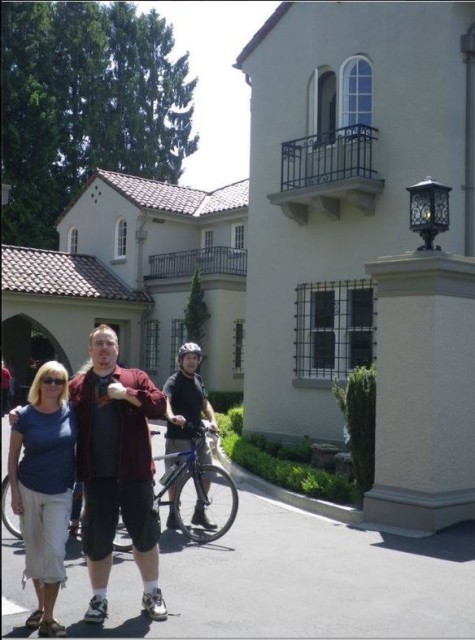
It was a huge thrill to get inside Casa Mia on the Vancouver Heritage Foundation’s house tour last year. Built smack in the middle of the Depression from the proceeds of rum running, this old girl still has the nursery with original drawings from Walt Disney artists, it’s own gold leaf covered ballroom with a spring dance floor, a gold swan for a faucet, and art deco his and hers washrooms.
The one building that never should have been destroyed?
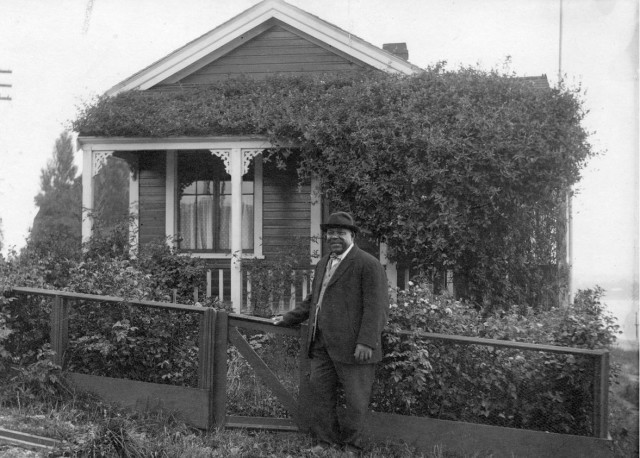
We honoured Joe Fortes with a fountain in Alexandra Park, but how much more awesome would it have been, if we’d kept his house? Not only would it have been one of the oldest structures in Vancouver, it could have made both a great little museum for black history in Vancouver and for the houses that once dotted the water side of Beach Avenue. Instead it went up in flames in 1928.
© All rights reserved. Unless otherwise indicated, all blog content copyright Eve Lazarus.



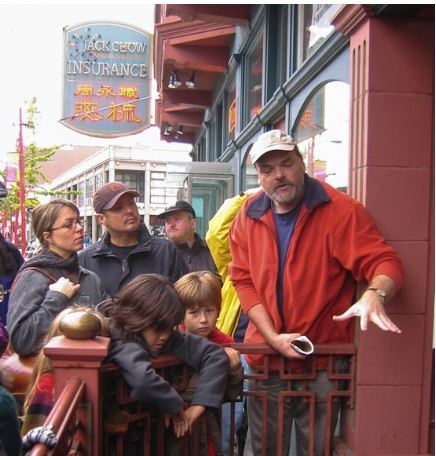
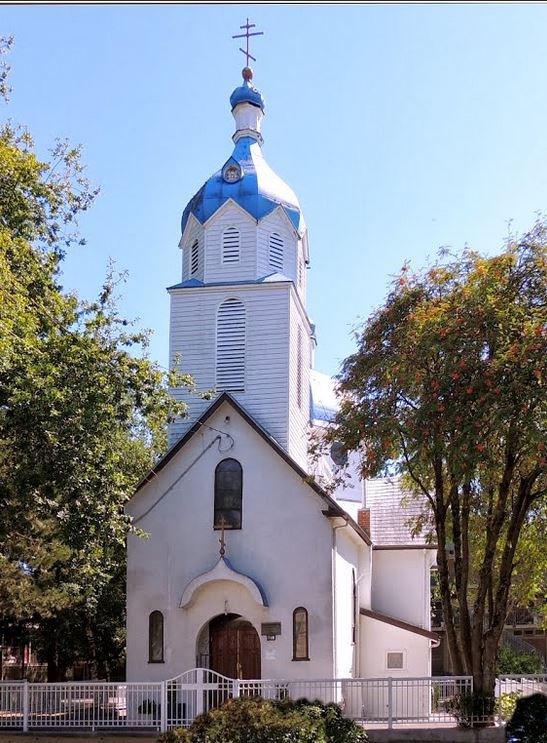
 Favourite Vancouver building:
Favourite Vancouver building:
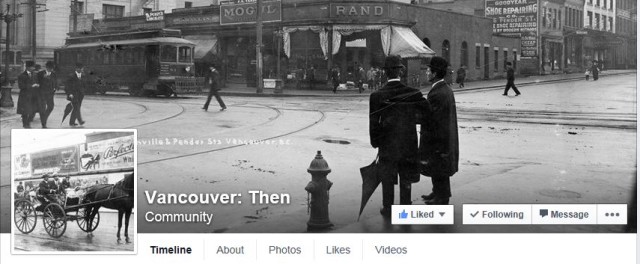 Favourite Vancouver building:
Favourite Vancouver building: